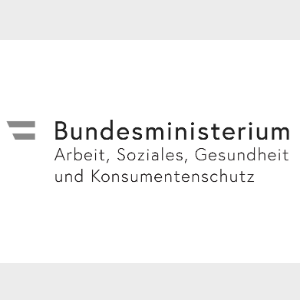Trends in EU health systems
The Trends in EU Health Systems Project builds on the detailed country information gathered in the Health Systems Profiles (HiTs).
HiT are written using a standard template in order to increase the comparability of the results. However, to date, this information from different HiTs has not been brought together to support comparison of the evidence. This study uses the content of HiTs (both recently completed and underway) complemented by other comparative sources to provide timely and complete information to compare EU countries along the main structural dimensions of the HiT template.
The study aims to describe the health system in key areas, identify common trends as well as differences across the EU, and consider some of the policy implications and challenges. It aims to uncover and analyse new trends as well as to better characterize known trends.
All EU 27 Member States plus Iceland, Norway and Switzerland will be included. However, the study is driven by topics not countries – and where possible trends will be discussed in an integrated manner.
The volume has the following sections (corresponding with the HIT template):
1. Introduction
Topics will include economic context, political context, and health status
2. Organization and Governance
Topics will include historical background, organization, decentralization and centralization, intersectorality, health information management, regulation, patient empowerment
3. Financing
Topics will include health expenditure, sources of revenue and financial flows, coverage, collection, pooling, purchasing, out-of-pocket payments, VHI, payment mechanisms
4. Physical and human resources
Topics will include capital stock and investments, medical equipment, trends in the health workforce, professional mobility and health workforce training
5. Provision of services
Topics will include public health, primary/ambulatory care, specialized ambulatory care/inpatient care, pharmaceutical care, long-term care, mental health care and dental care. Depending on emerging trends and availability, topics may also include emergency care, rehabilitation/intermediate care, informal care, palliative care, complementary and alternative medicine.
6. Principal health care reforms
This section contains analysis of recent reforms and future developments
7. Trends; lessons and challenges
Identifying/exploring/assessing broad current and likely future health policy directions by:
- comparing current structural and organizational patterns across countries and health system types
- contrasting current patterns with patterns observed in 1996 Ljubljana assessment of health systems in Europe, generating a sense of development over time
- considering current complexities and future challenges that will influence health policy development across Europe in the next period of years





















